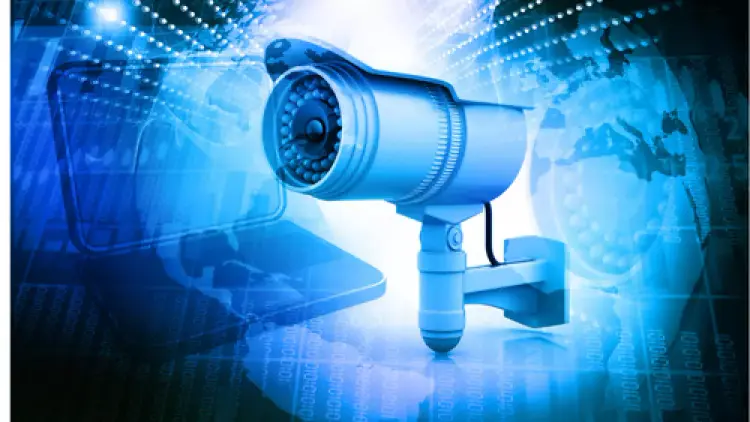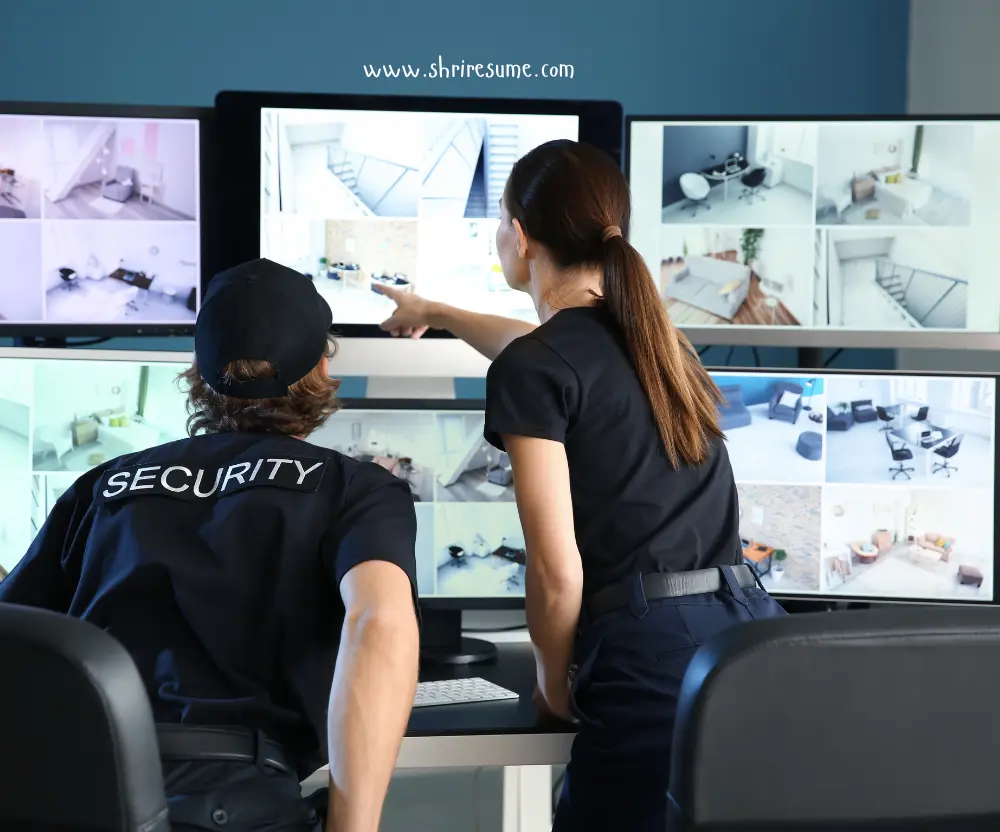🔍 Workplace Surveillance: How Employees Really Feel About Being Monitored

In today’s digitized and hybrid work environments, workplace surveillance is more prevalent than ever. Employers deploy various technologies to monitor productivity, manage security risks, and ensure compliance. But while surveillance is implemented with operational intentions, it significantly impacts employee morale, trust, and mental well-being.
This comprehensive guide explores the what, why, and how of employee monitoring, including its benefits and drawbacks, real employee sentiments, legal implications, and ethical best practices.
🧠 What Is Workplace Surveillance?
Workplace surveillance refers to any method or technology used by employers to observe employee behavior and performance during working hours. Modern forms of surveillance include:
- Computer and browser tracking (e.g., keystroke logging, URL monitoring)
- Time-tracking software (e.g., login/logout time, idle time)
- CCTV and video surveillance
- Call and message monitoring
- Email scanning
- GPS tracking for mobile workers
- Remote desktop monitoring (especially in work-from-home setups)
Employers often use these tools to increase transparency, reduce data breaches, ensure policy adherence, and manage resources effectively.
🎯 Why Do Companies Monitor Employees?

1. Productivity Tracking
Monitoring tools help managers gauge productivity, ensure that employees are focused, and minimize time theft.
2. Security and Compliance
Organizations in industries like finance, healthcare, and IT often monitor activity to prevent leaks, fraud, or mishandling of sensitive data.
3. Legal Protection
Surveillance offers documentation in cases of workplace disputes, harassment complaints, or wrongful termination claims.
4. Resource Optimization
By analyzing employee behavior, companies can spot workflow inefficiencies, assign tasks better, and improve output.
While these are legitimate objectives, the employee experience often tells another story.
😟 How Do Employees Really Feel About Being Watched?
🚨 Feeling of Distrust
Excessive monitoring sends a clear message: “We don’t trust you.” This damages morale and creates a hostile environment.
😰 Mental Health Impact
Constant surveillance can lead to anxiety, burnout, and paranoia, especially in remote roles where workers feel pressure to appear online constantly.
📉 Lower Engagement and Loyalty
Employees who feel micromanaged are less engaged and more likely to quit. A 2023 survey revealed that over 70% of workers consider quitting jobs that use invasive tracking tools.
🙅 Loss of Autonomy
When employees feel like every move is being scrutinized, they stop taking initiative and become risk-averse—ultimately stifling creativity and problem-solving.
📉 Consequences of Over-Monitoring

- High turnover: Micromanaged environments see faster employee exits.
- Legal consequences: Misuse of surveillance can result in lawsuits or compliance violations.
- Bad employer reputation: Word spreads quickly—especially on platforms like Glassdoor or LinkedIn.
- Reduced innovation: Employees under pressure tend to do only what’s expected—nothing more.
📡 Common Types of Monitoring Tools (And How They Work)
| Tool Type | Function | Used In |
|---|---|---|
| Time Tracking Software | Logs active hours, idle time, break duration | Remote/Hybrid Teams |
| Productivity Tools | Tracks task completion, app usage | Agencies, IT, Startups |
| Screen Recording | Captures user activity in real-time | Customer Support, Outsourcing |
| GPS Trackers | Logs location of field/mobile employees | Logistics, Sales |
| Email/Chat Monitoring | Flags inappropriate or unproductive messages | Corporate/HR Departments |
Some tools like Hubstaff, Teramind, and ActivTrak are praised by employers, but heavily criticized by employees for their invasive design.
📊 Surveillance in Remote Work
Remote work surged after the pandemic, and so did remote surveillance. But instead of empowering employees, it often led to a productivity paradox.
Top Complaints From Remote Workers:
- Constant screenshots = Lack of trust
- Webcam check-ins = Privacy invasion
- Keystroke monitoring = Stress and fatigue
- Time tracking = Encourages overwork
Ironically, research shows productivity improves in remote settings when employees are trusted, not monitored.
👩⚖️ Legal and Ethical Considerations
Laws governing employee monitoring vary by region:
- United States: Private-sector employers can monitor with or without notice (in most states).
- European Union: GDPR requires transparency, purpose limitation, and consent.
- India: No explicit law, but surveillance must follow the principle of reasonableness.
Ethically, companies should adopt a consent-based, minimally invasive approach. Surveillance should never be used to exploit or harass.
🔐 Best Practices for Ethical Workplace Surveillance
✅ Be Transparent
- Notify employees about what is being tracked
- Explain the purpose and benefits
- Offer written policies
✅ Focus on Outcomes, Not Activity
Tracking keystrokes or mouse movements isn’t a true measure of productivity. Focus on results and deadlines.
✅ Ensure Fairness
Apply monitoring uniformly across roles and teams. Avoid targeting specific individuals or junior staff disproportionately.
✅ Use Data for Growth
Use insights to offer training, recognize top performers, and identify blockers—not to penalize.
✅ Limit Monitoring
Track only work-related activities during working hours. Avoid accessing personal files or devices.
💬 What Employees Want
- Transparency: Clear policies and opt-in mechanisms.
- Respect: Reasonable monitoring boundaries.
- Autonomy: Flexibility to manage tasks without constant checks.
- Feedback: Use data to help—not punish.
🤝 Striking the Balance: Privacy vs. Productivity
Here’s how organizations can balance business needs with employee rights:
| Priority | Strategy |
|---|---|
| Transparency | Regular communication and policy updates |
| Consent | Employee acknowledgment and opt-ins |
| Minimalism | Collect only what’s needed |
| Flexibility | Offer autonomy within set expectations |
| Accountability | Share monitoring insights openly |
✅ Conclusion
Workplace surveillance is a powerful tool—but only when used ethically, responsibly, and with clear communication. Employers must understand that long-term success comes not from micromanagement, but from building trust.
A trusted employee is a productive employee. Companies that find the balance between accountability and autonomy will lead the way in employee satisfaction, retention, and innovation.

Get a higher quality resume format
Our Resume Builder ensures best practices, logic, formatting standards and job matching opportunities from thousands of job boards and portals around the world.
By clicking Start Your Resume, Your are agree to our Terms of use and Privacy Policy
 India's
premier resume service
India's
premier resume service






